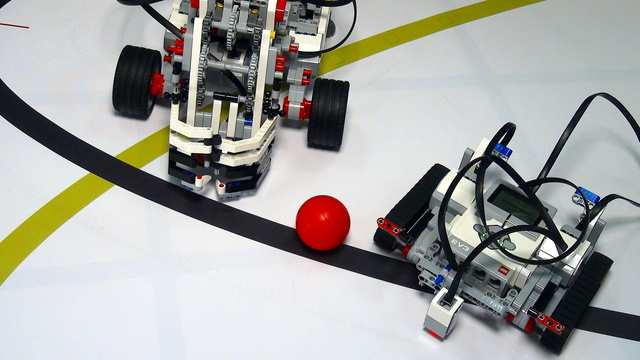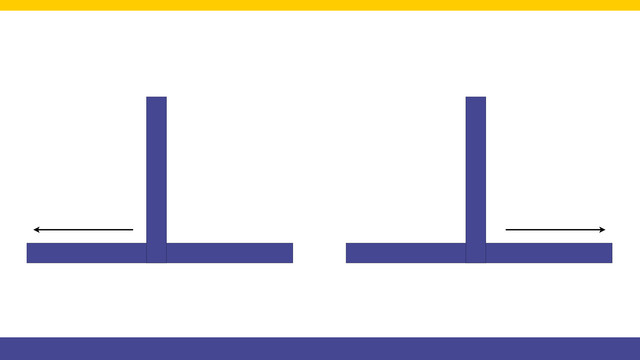

Dropping a LEGO human carrier. FIRST LEGO League Trash Trek 2015
This is a very interesting idea that is worth sharing with the rest of the teams and the ELM team has provided it to us. Check out how they drop a LEGO human at a specific place.
- #278
- 08 May 2016

























